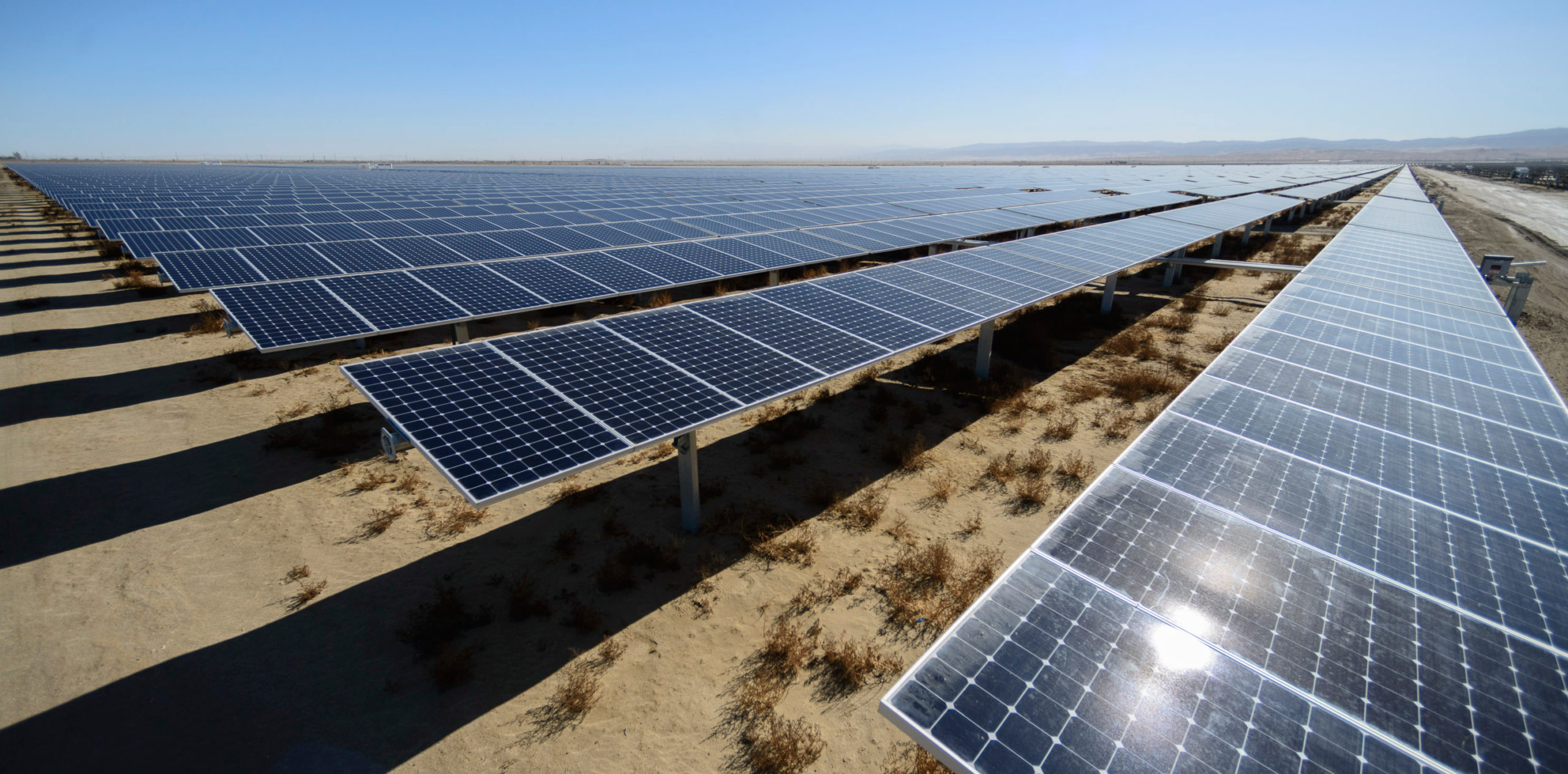
Stanford University has recently unveiled its photovoltaic/solar station which will reduce Stanford’s greenhouse gas emissions by 68 percent and use of fossil fuels by 65 percent. The farm will produce the equivalent of over half of the electrical power used by the Stanford campus. This project was designed and built by SunPower company.
Technical and general information about the project:
Fuel Type: Solar.
Technology: Photovoltaics.
Location: Kern County, California, USA
Plant Size: 68 MW (68000 kW).
Number of PV Modules (Panels) Used: 155,000
Number of PV Cells: 19.9 million solar cells
Life span: 25 years
Construction Time: 5 months
Number of Workers: 430
Area: 200 acres (80,9371 m²).
Tracking the Sun: Yes.

Robots are used to clean the modules. They use less than half a cup of water per module which can increase the efficiency of the energy harvest by up to 15 percent.
Using the tracking system will enable the modules to follow the sun as it moves through the sky and make sure the angle between the sunlight line and the module is 90° to optimize harvest.
Story Source:
The above post is reprinted from materials provided by Stanford University. Note: Materials may be edited for content and length.

















0 responses on "Stanford University Unveils New Solar Photovoltaic Farm"